What is a LinkedIn Open Networker (LION):Pros & Cons Explained
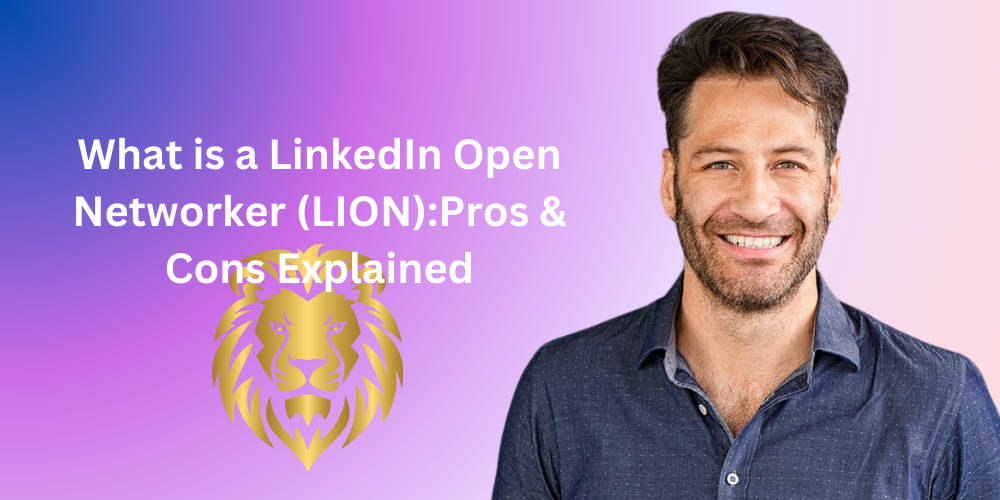
Ever seen "LION" on LinkedIn profiles and wondered if people were declaring themselves kings of the social jungle? Nope, it actually stands for "LinkedIn Open Networker." These folks connect with anyone—seriously, anyone—whether they've shared coffee or just a Wi-Fi signal.
But is being a LION a smart move? Or is it like inviting everyone in town to your birthday party and then realizing half of them only showed up for the free cake? Let’s break it down.
What's a LinkedIn Open Networker (LION)?

A LION is basically someone on LinkedIn who’ll accept your connection even if they’ve never heard of you. They believe networking should have no boundaries, kind of like free Wi-Fi at Starbucks. Some LIONs even join special groups where the main goal is to connect, connect, and connect some more.
The Perks of Being a LION

Here are the advantages of becoming a LION;
1. Your Visibility Goes Through the Roof
Being open means more people see your profile. More eyes equal more chances someone important notices you—like that recruiter at your dream company or a potential client with deep pockets.
2. You Can Build Your Network Super Fast
If you want your LinkedIn connections to explode like popcorn in the microwave, being a LION is the way to go. You could easily hit thousands of connections in no time. More connections mean more opportunities—simple math.
3. Instant Street Cred as an Expert
When you’re easy to reach, people start thinking, “Wow, this person must really know their stuff.” Suddenly you’re getting messages from strangers asking for advice, and you're feeling like the LinkedIn version of Gandalf.
The Downside of Being a LION
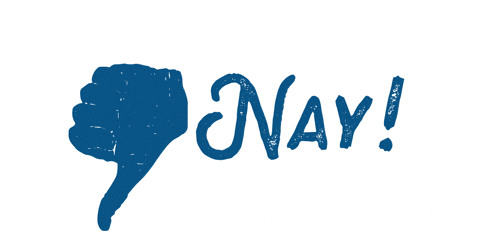
And now why being a LION might not be the best:
1. Welcome to Spam City
Opening your network means letting in some shady characters. Suddenly, your inbox could overflow with messages from people selling things you never wanted. It’s like opening a nice shop and realizing you accidentally invited every salesperson on earth.
2. You Might Seem a Bit… Desperate
Let’s be real: If you're connecting with anyone breathing, people might think you’re desperate for attention. Like that person at a networking event who hands out their business card before saying "hello."
3. Quality Can Get Lost in the Crowd
If your LinkedIn connections are mostly strangers, how useful are they really? The power of LinkedIn lies in quality relationships. Having 5,000 random contacts isn’t as helpful as 500 meaningful connections.
How Do You Find These LinkedIn Lions?
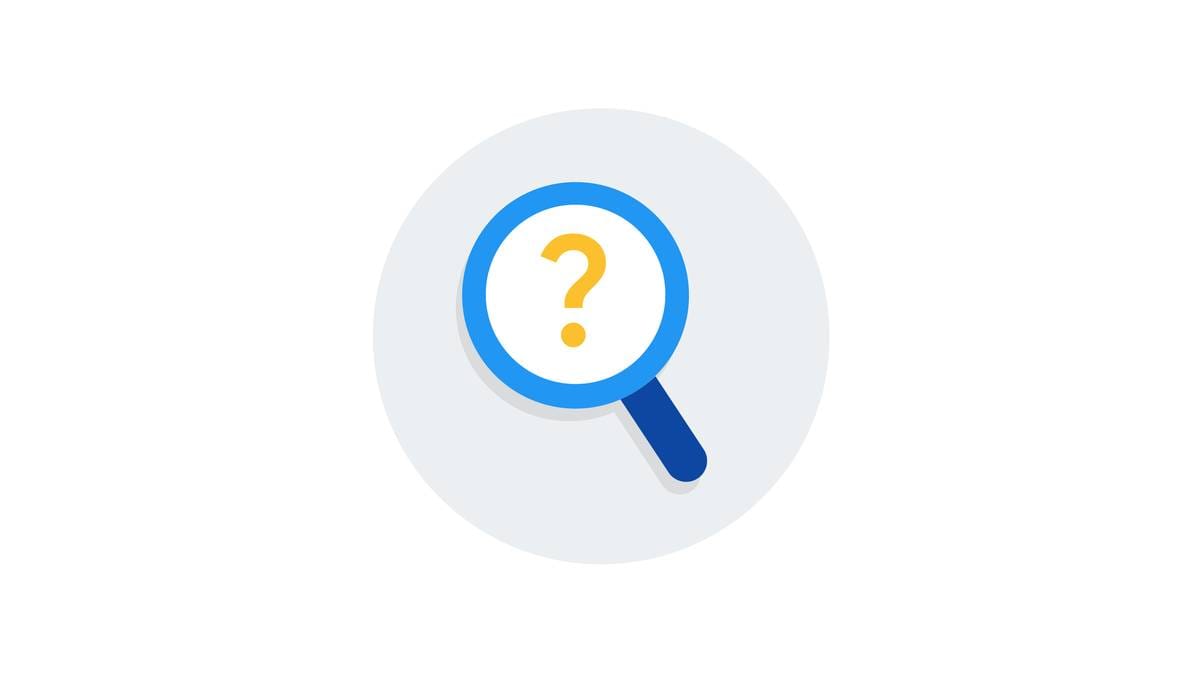
Simple. Just type “LION” or “Open Networker” into LinkedIn’s search bar, hit the “People” filter. This will show you a list of users who identify as open networkers and are open to connecting.
How to Spot a True LION (LinkedIn Open Networker)
Not every user who claims to be a LION is truly committed to open networking. Here’s how to identify the real ones from those just trying to look the part:
1. Check Connection Counts
A defining trait of genuine LIONs is a large number of first-degree connections—typically 5,000 or more. These users are intentionally growing their network at scale and often aim to hit or exceed LinkedIn’s 30,000-connection limit. If a profile lists thousands of connections, there’s a strong chance they actively accept most requests.
2. Look for "LION" or "Open Networker" in Their Headline or About Section
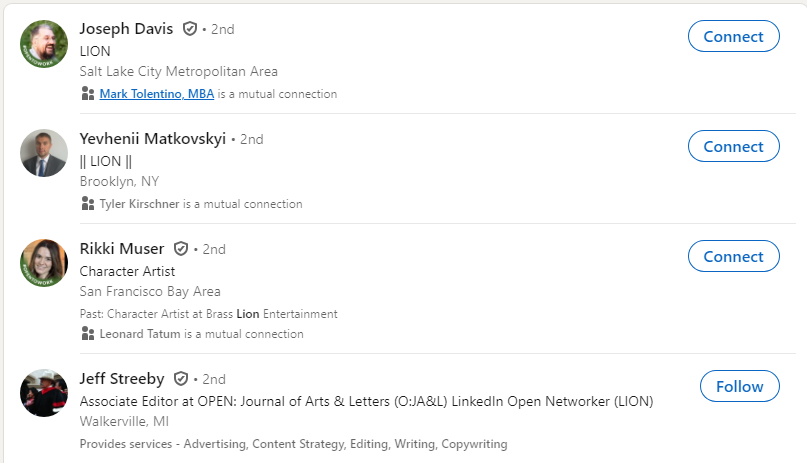
Many LIONs will clearly state “LION,” “Open Networker,” or “Accepting All Connections” in their headline or summary. This signals their openness to connecting with anyone, regardless of industry, location, or prior relationship.
3. Review Profile Completeness
Some LIONs prioritize reach over detail. You might find minimal profile information—like a vague headline (“Sales Professional,” “Marketing Expert”) and an underdeveloped “About” section. These users often rely on quantity over quality in connections, indicating they may be open networkers who connect broadly without customizing their profile for a niche audience.
4. Examine Profile Photos
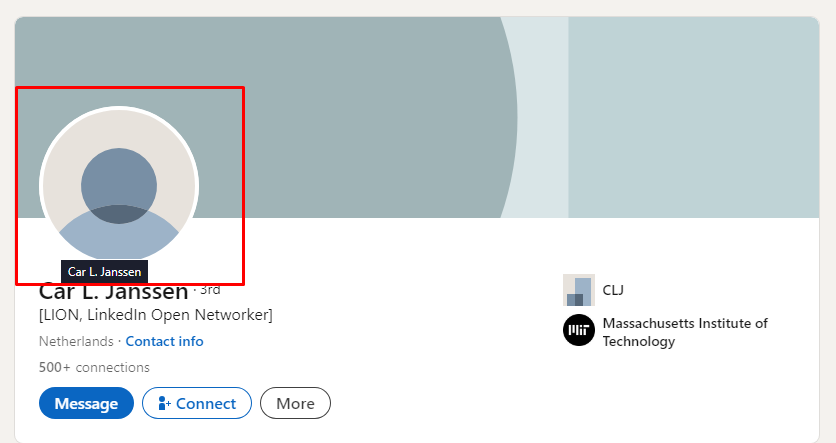
Interestingly, some LIONs do not use a custom profile photo and instead keep LinkedIn’s default silhouette. While this may not always be the case, it can sometimes indicate a user more focused on mass connecting than on personal branding.
5. Connection Behavior
If a user sends you a connection request with no message, or they accept your request within seconds regardless of your profile, that’s a common sign of open networking behavior. LIONs rarely screen connection requests and aim to accept as many as possible.
Choosing Your Networking Style

There’s no one-size-fits-all approach to building your LinkedIn network. Whether you’re growing your brand, looking for opportunities, or simply expanding your industry reach, the way you connect matters.
Here are three core networking styles to consider—each with its own strengths, depending on your goals and comfort level.
1. Connecting Individually
Think of sending connection requests like striking up conversations at a party. A simple message saying, "Hey, we chatted at the marketing event!" can help you stand out.
2. Joining Groups
Find groups aligned with your industry. You can jump into conversations, share insights, and easily grow connections. It’s like joining clubs in college—minus the awkward icebreakers.
3. Following Companies
Stay updated by following companies in your industry. You’ll get notified about job openings, events, and big moves—all valuable intel for networking.
Open Networking: Good Idea or Nightmare?
Open networking on LinkedIn—where you accept most or all connection requests—can be a powerful growth strategy. But it’s not without trade-offs. Here’s a closer look at the pros and cons:
Pros
1. Stand Out from the Crowd
In a space where many users still take a traditional, cautious approach to networking, identifying as an open networker (LION) sets you apart. It signals that you’re accessible and proactive about building relationships—qualities that are attractive in both professional and sales contexts.
2. Rapid Network Growth
By accepting more connection requests, your network can grow quickly. A larger network increases your 2nd and 3rd-degree connections, which can lead to more visibility, potential leads, job opportunities, or content engagement.
3. Increased Profile Views
The more people you’re connected to, the more likely your profile is to appear in searches and feeds. This boost in visibility can enhance your personal brand, especially if you consistently share relevant and valuable content.
Cons
1. Time-Consuming to Manage
An open network approach can lead to hundreds of connection requests, messages, and notifications. Without a system to manage them, you may find yourself spending hours trying to sort through contacts and conversations that lead nowhere.
2. Higher Risk of Spam and Sales Pitches
Opening your network also opens the door to unsolicited messages—pitches, promotions, and irrelevant offers. If you’re not filtering your inbox actively, it can become difficult to find genuine connections amidst the noise.
3. Information Overload
With a larger, less curated network, your feed can become cluttered with irrelevant updates, making it harder to focus on what really matters. Important posts from close contacts might get buried under a flood of unrelated content.
Conclusion
Being a LinkedIn LION can skyrocket your visibility and connections. But it also means sorting through spam and sacrificing meaningful connections. Ultimately, it boils down to your goals. Want quantity? Roar like a LION. Prefer quality? Maybe stay selective.
And hey, whether you go wide or deep, consider automating your outreach smartly with tools like leadplay.io. It’ll save you from LinkedIn burnout (and your sanity).
So, ready to roar—or would you rather purr quietly?